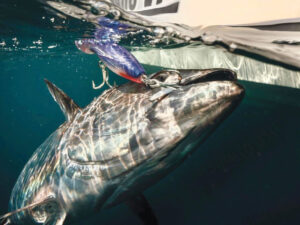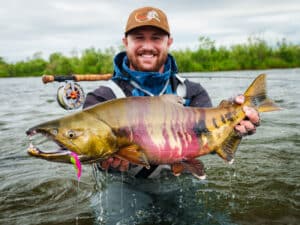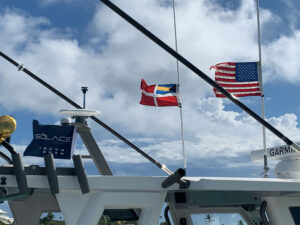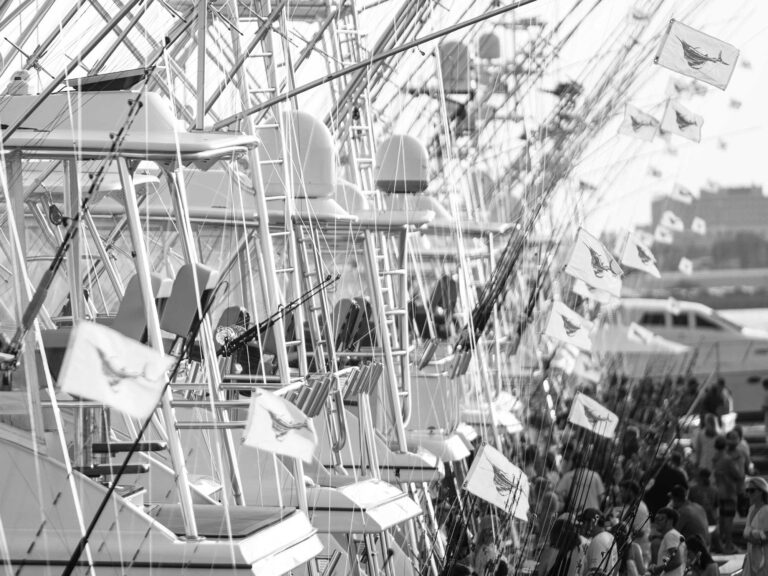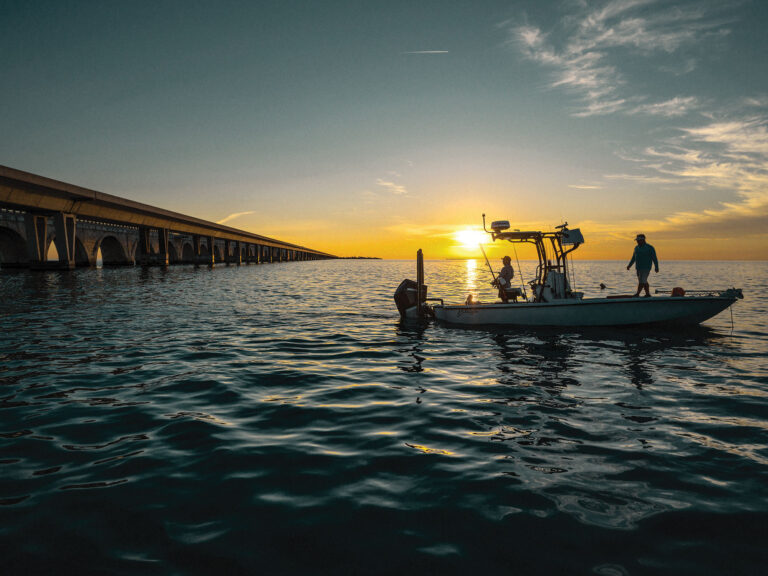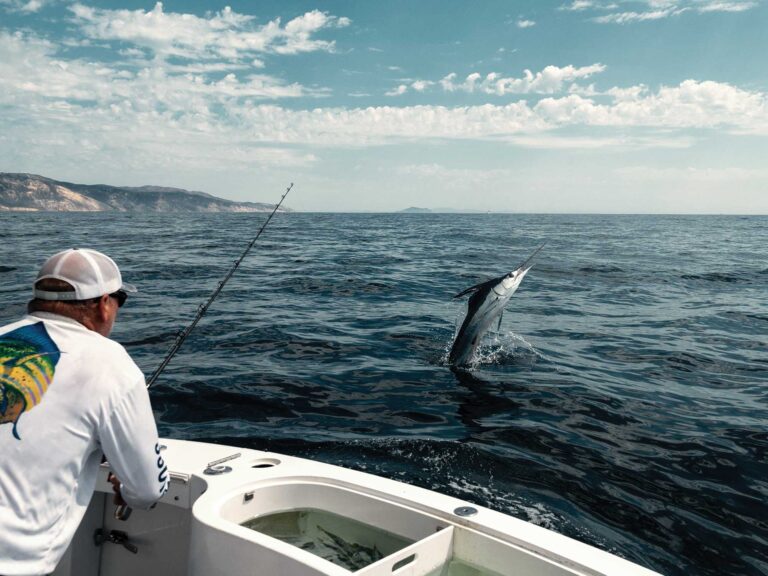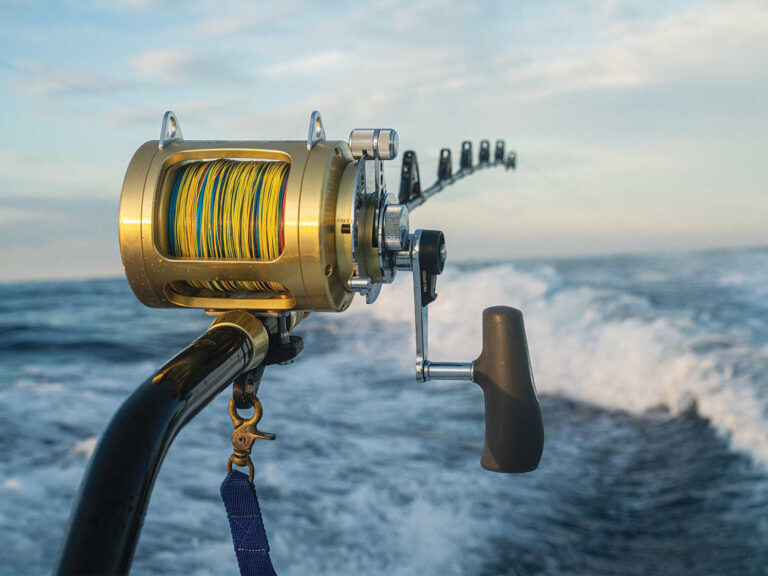Q: I fish for freshwater trout with two nymphs on my leader. I am dabbling in saltwater fly-fishing, but it seems people use only one fly on the leader. Is it wrong to use two flies?
James Holden,
Birmingham, Alabama
A: Most of the time in salt water, we use a single fly. In windy conditions, a two-fly rig would tangle badly. Another disadvantage is saltwater fish fight much harder, so a hooked fish with another fly dangling during the battle is likely to snag on something, and the fish would be lost. Also, casting a two-fly rig with accuracy is difficult.
However, there are some situations in which a two-fly rig is advantageous in salt water. Seatrout are attracted to noise on the surface. Often a popping bug with a fly hanging below it will outfish a popper alone or a single fly. The trick is to use a weighted fly, such as a Clouser, and cast with an open loop, which will turn over at the end of the cast and reduce tangles. The dangling fly should never be tied longer than 10 inches, or it will tend to catch on the leader on the cast. When you’re fishing for smaller striped bass, a popper or weighted fly is often a killer.
Bob Popovics once showed me a neat trick for albacore. Instead of chasing them, he rigged a popper and weighted streamer to imitate the local baitfish. When a breaking school was approaching, Popovics would cast the rig well in front of the fish. If there was any wave action, the rig would bob up and down and often was more effective in hooking albies than chasing and casting to them.

